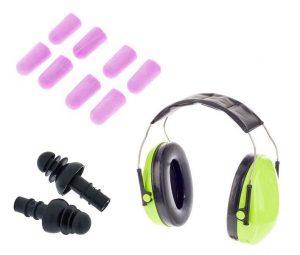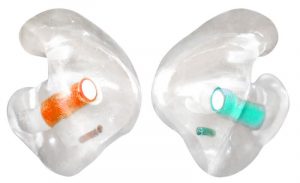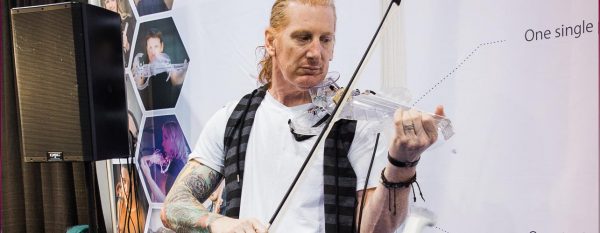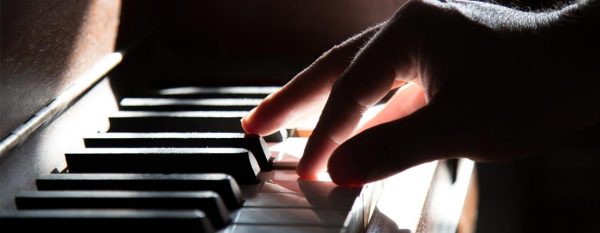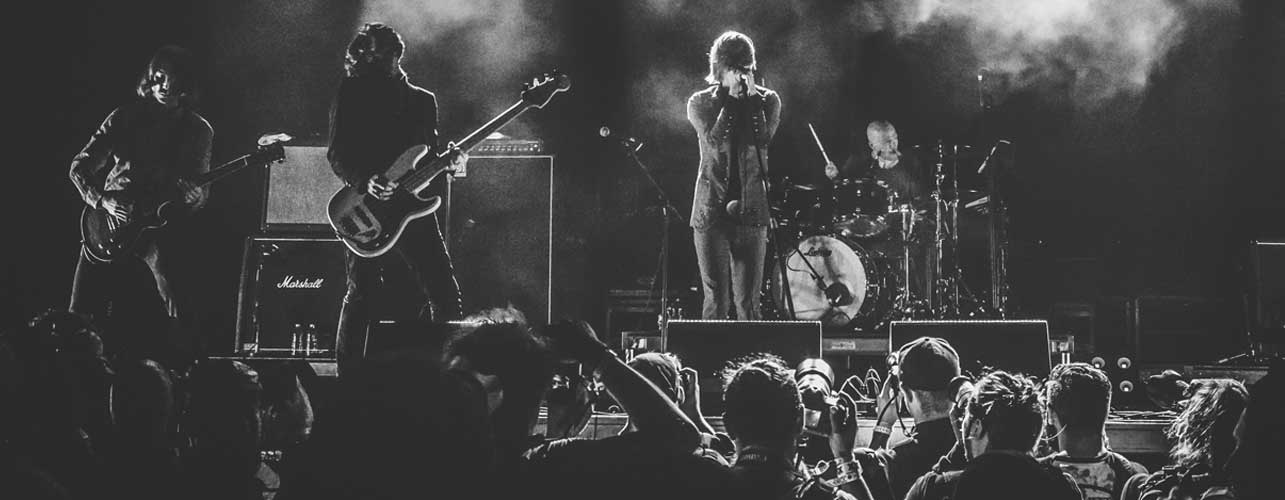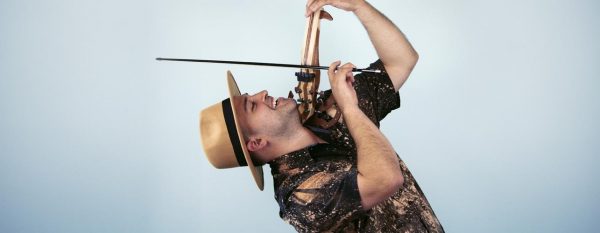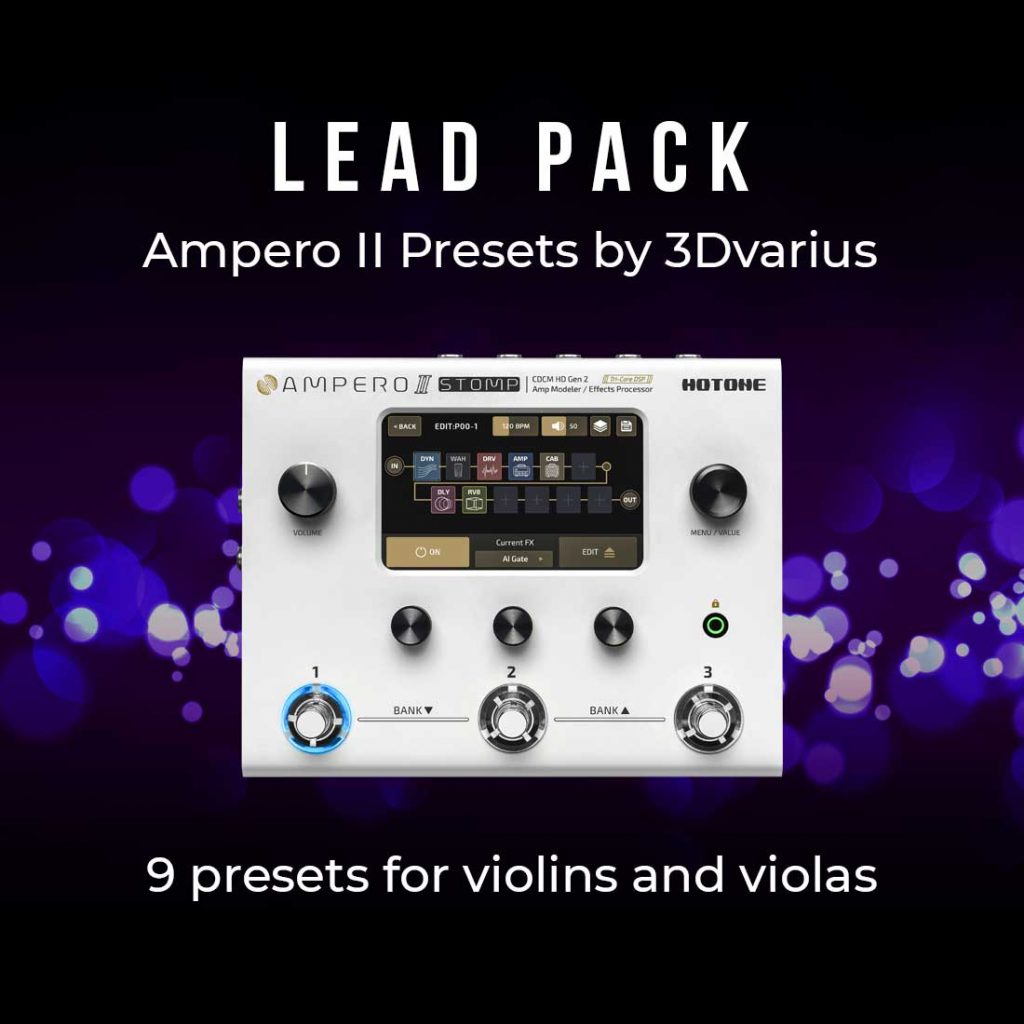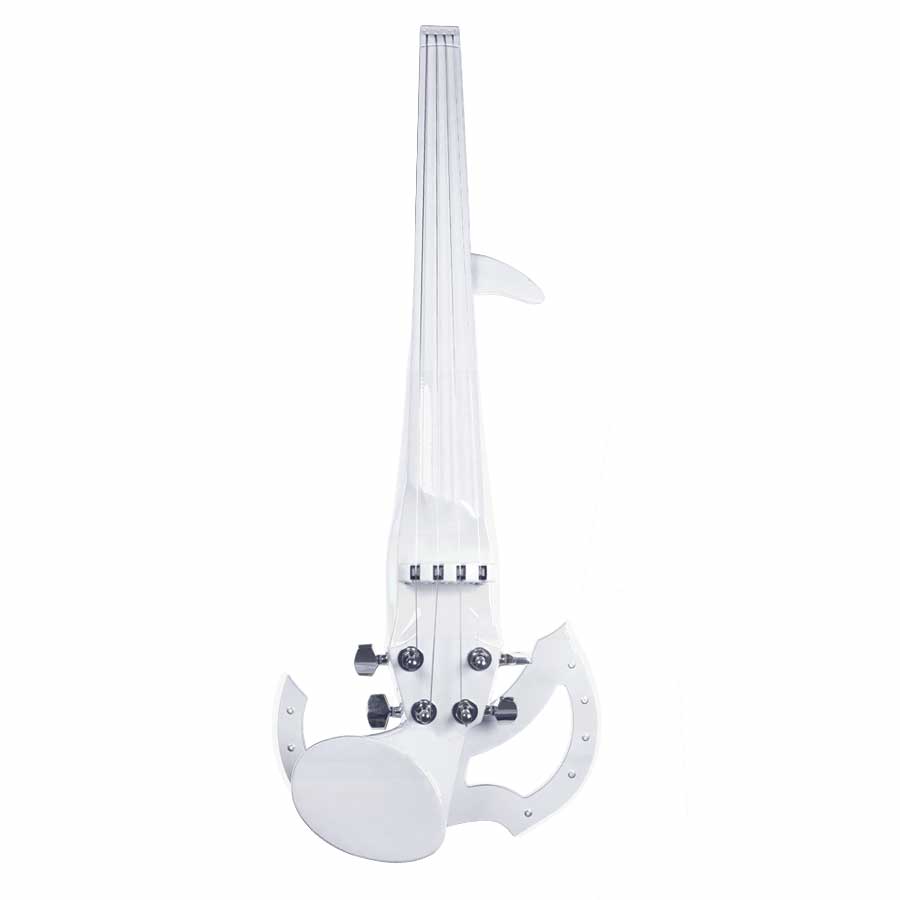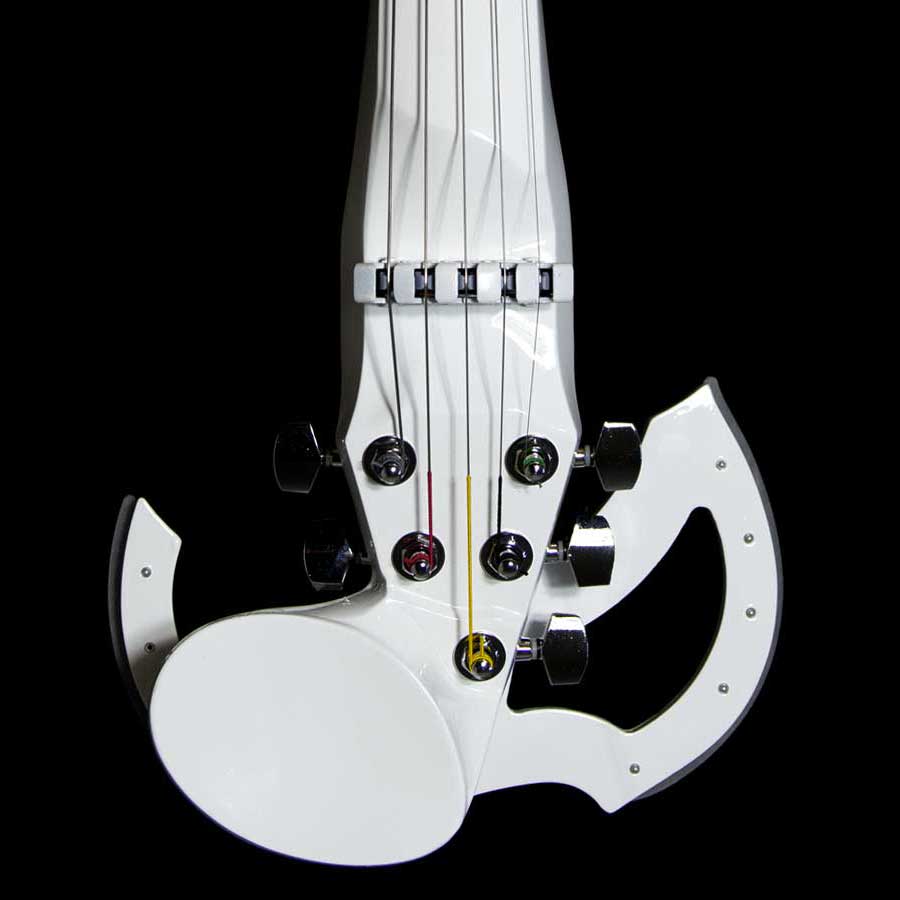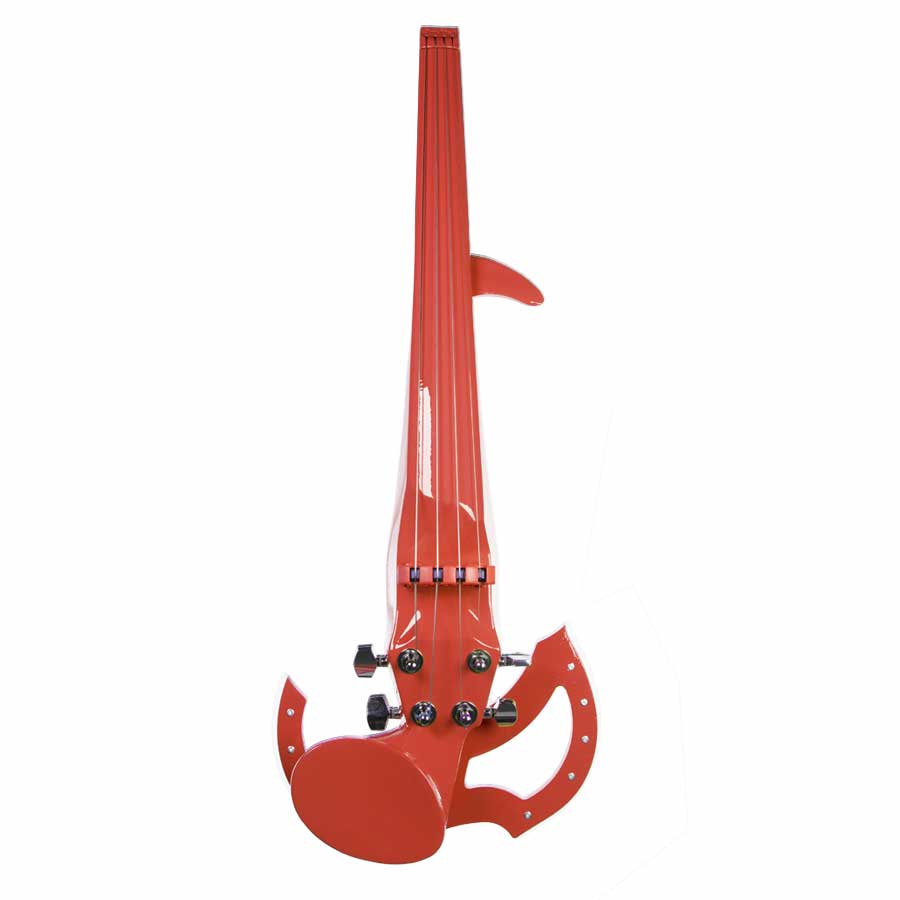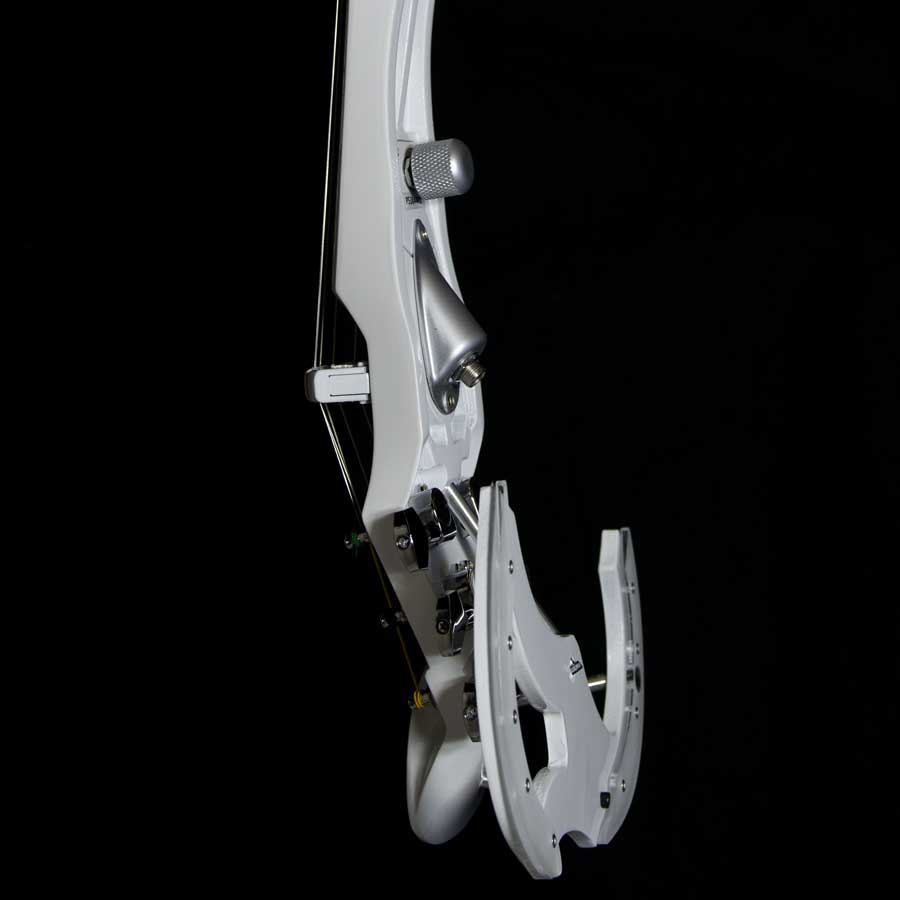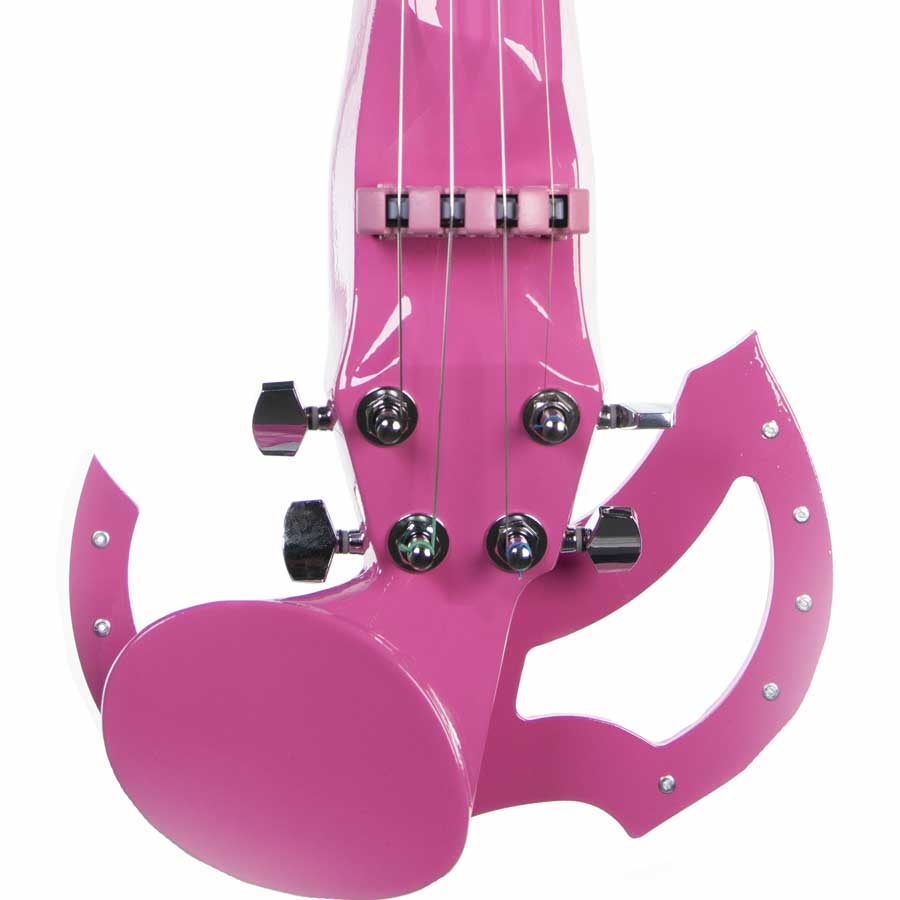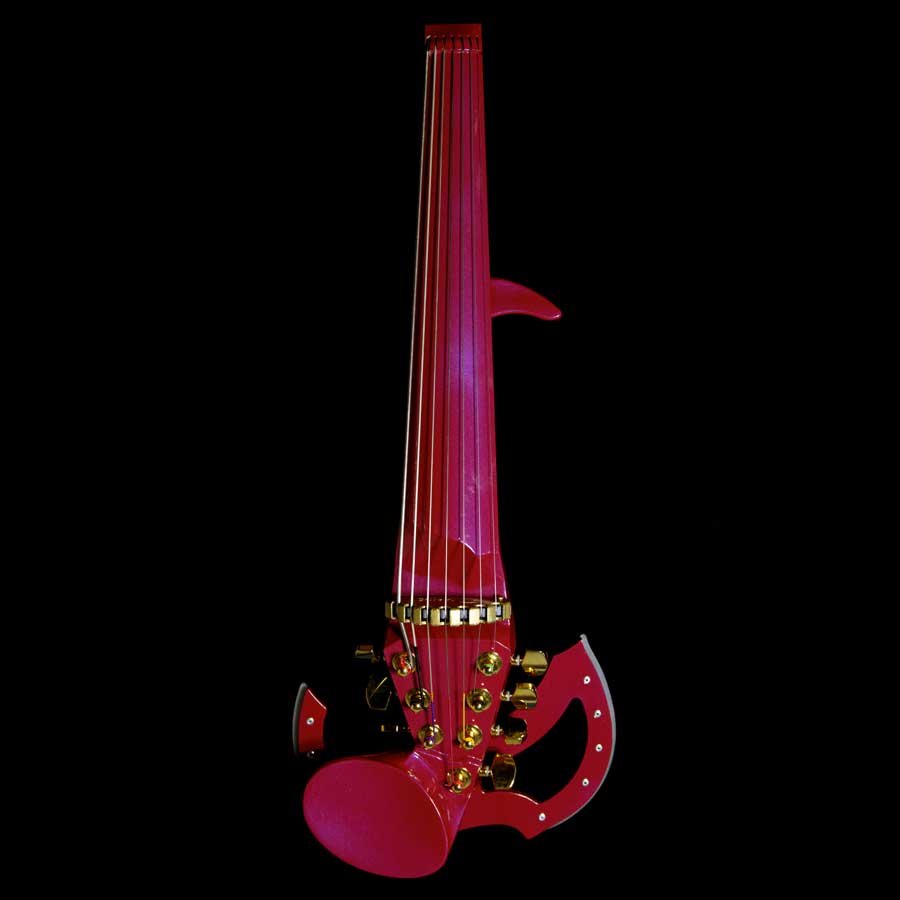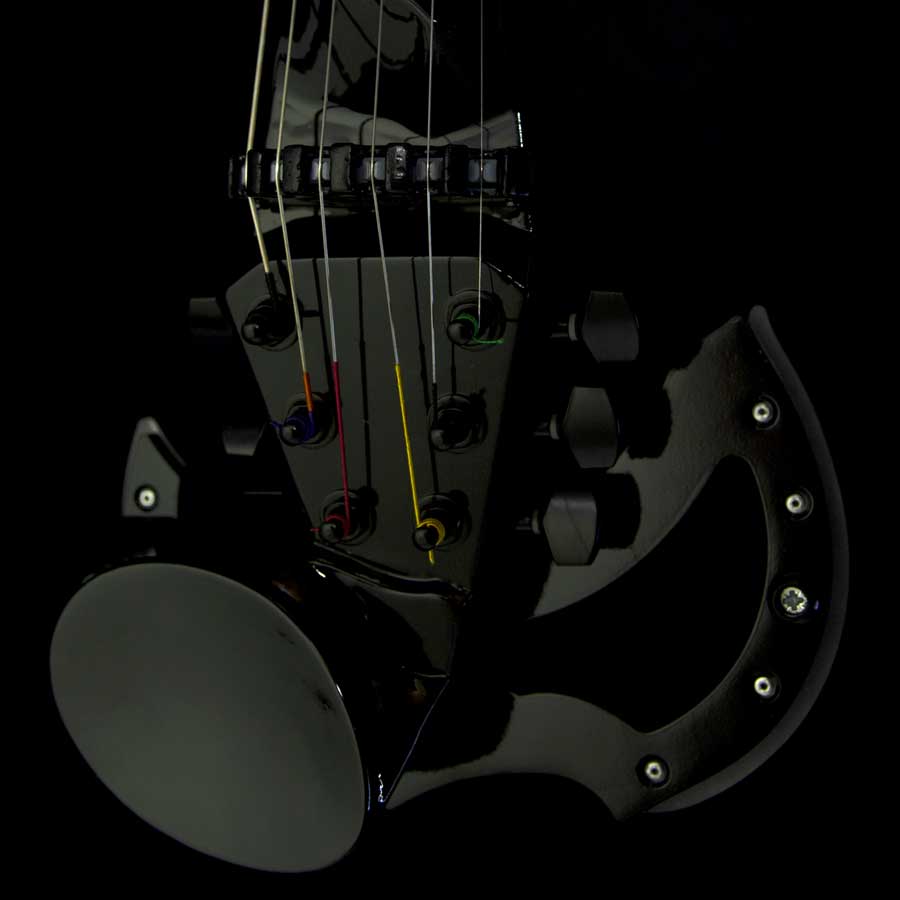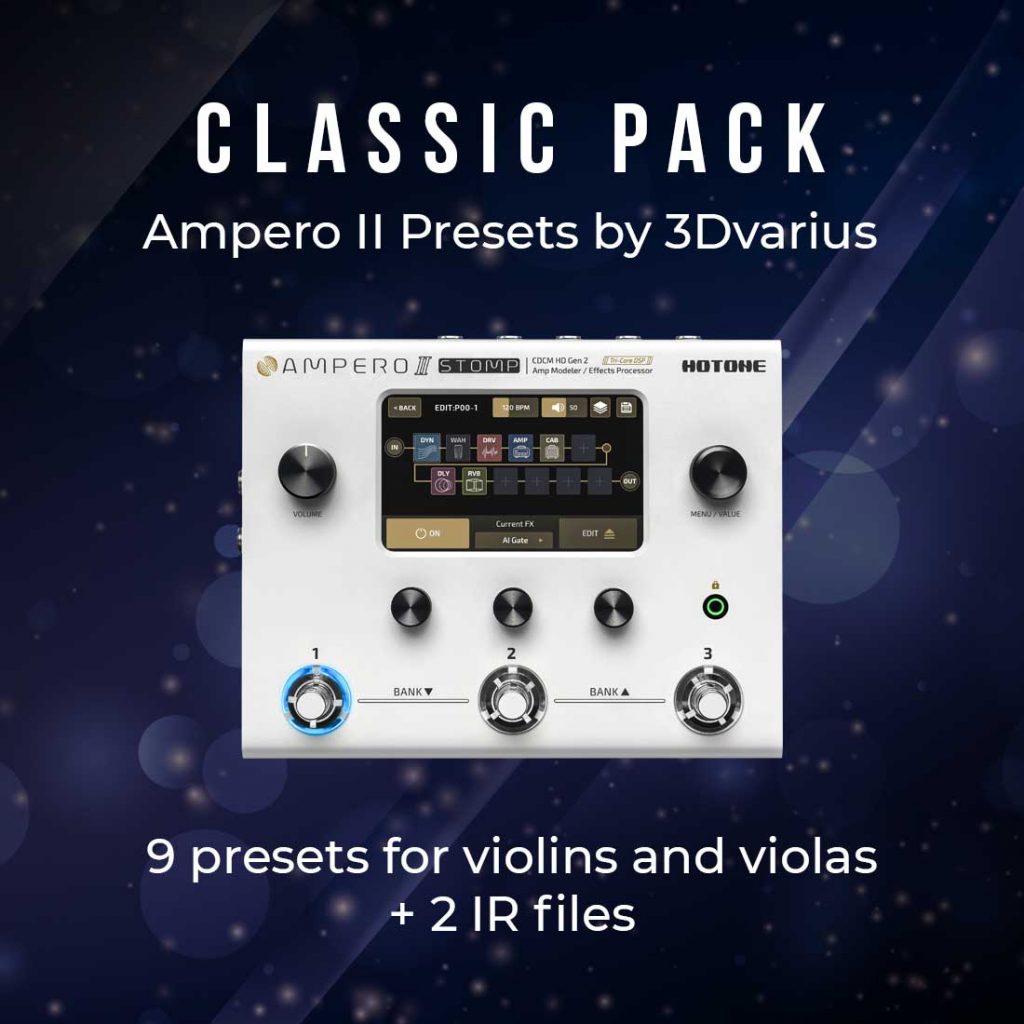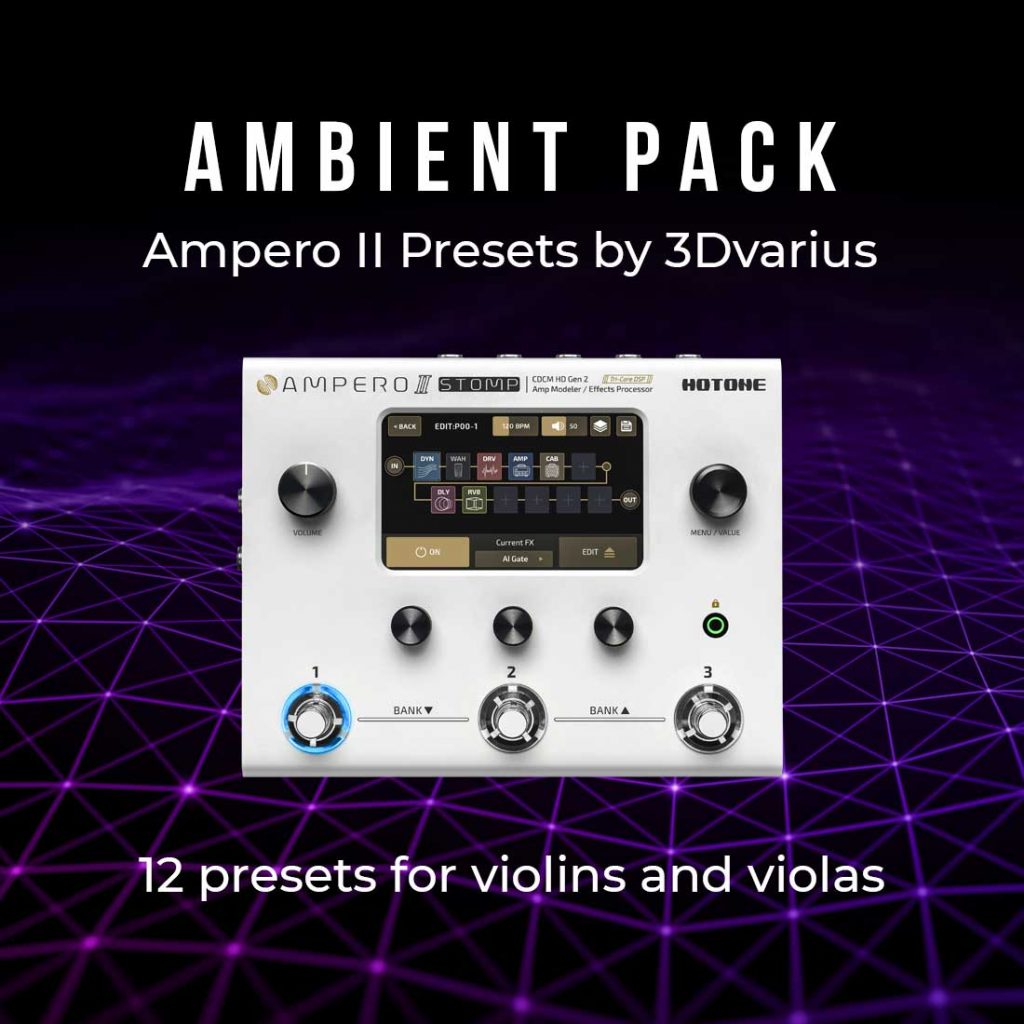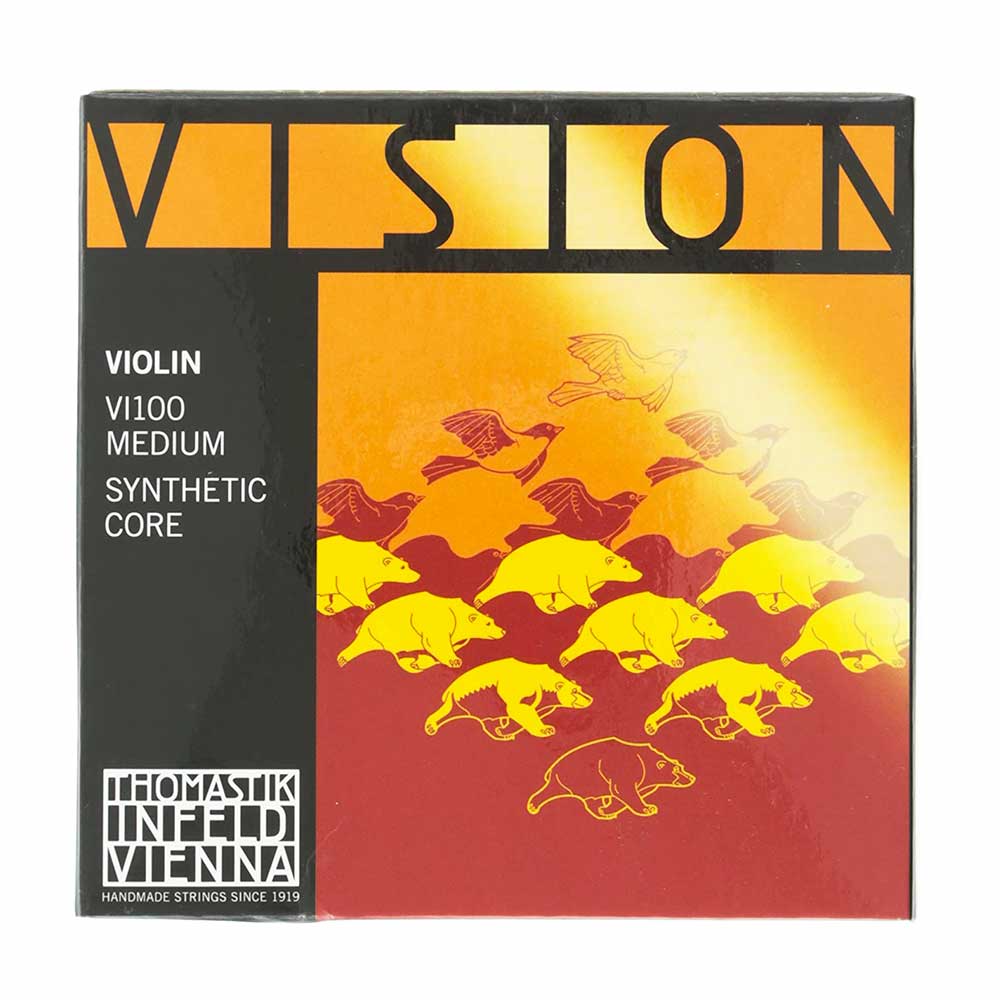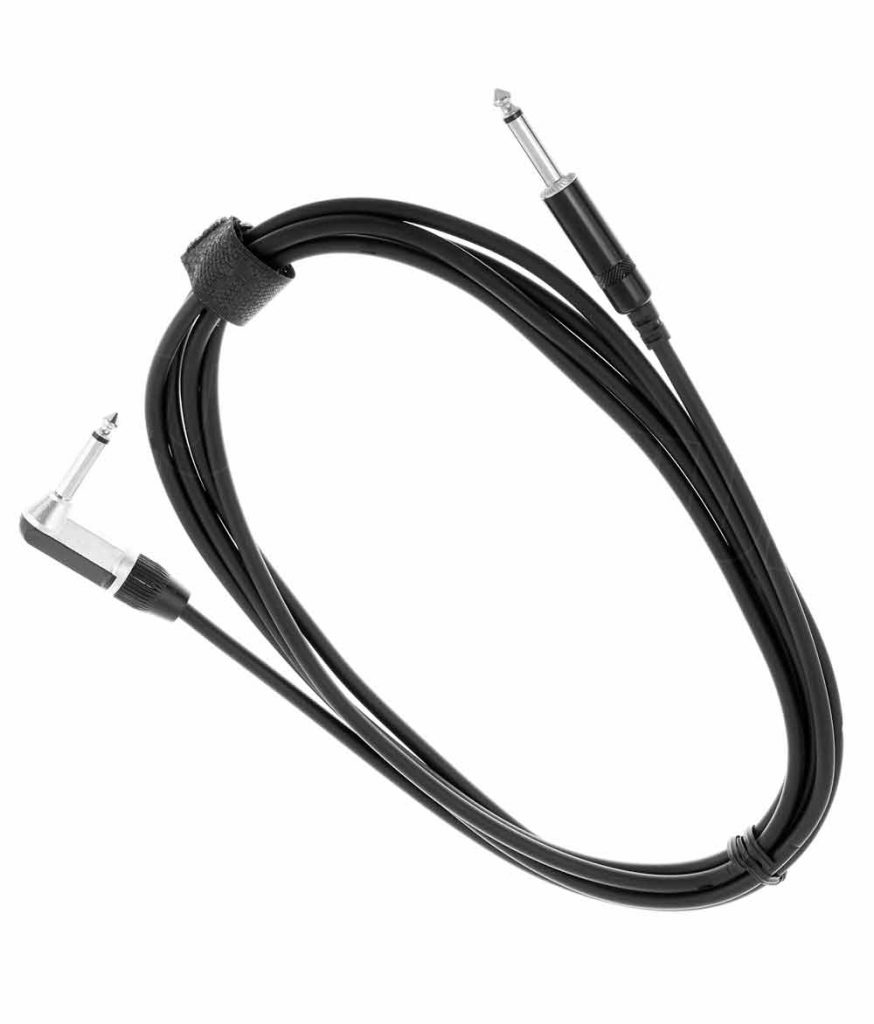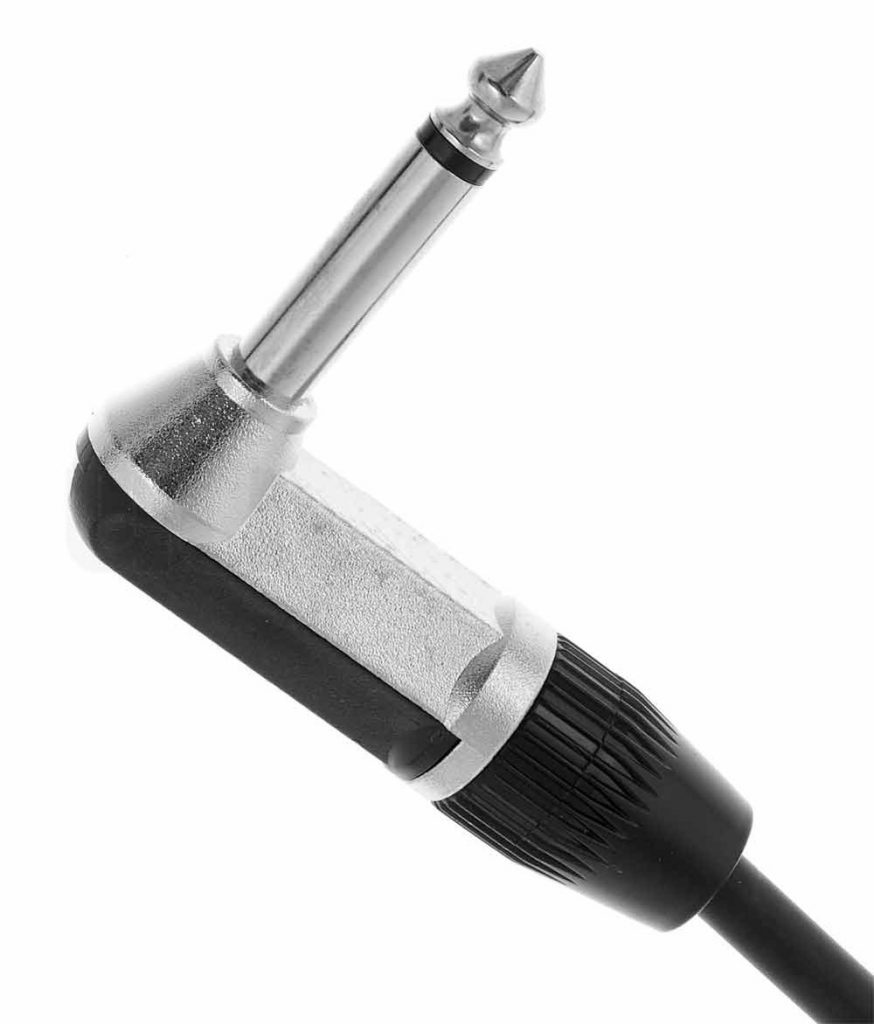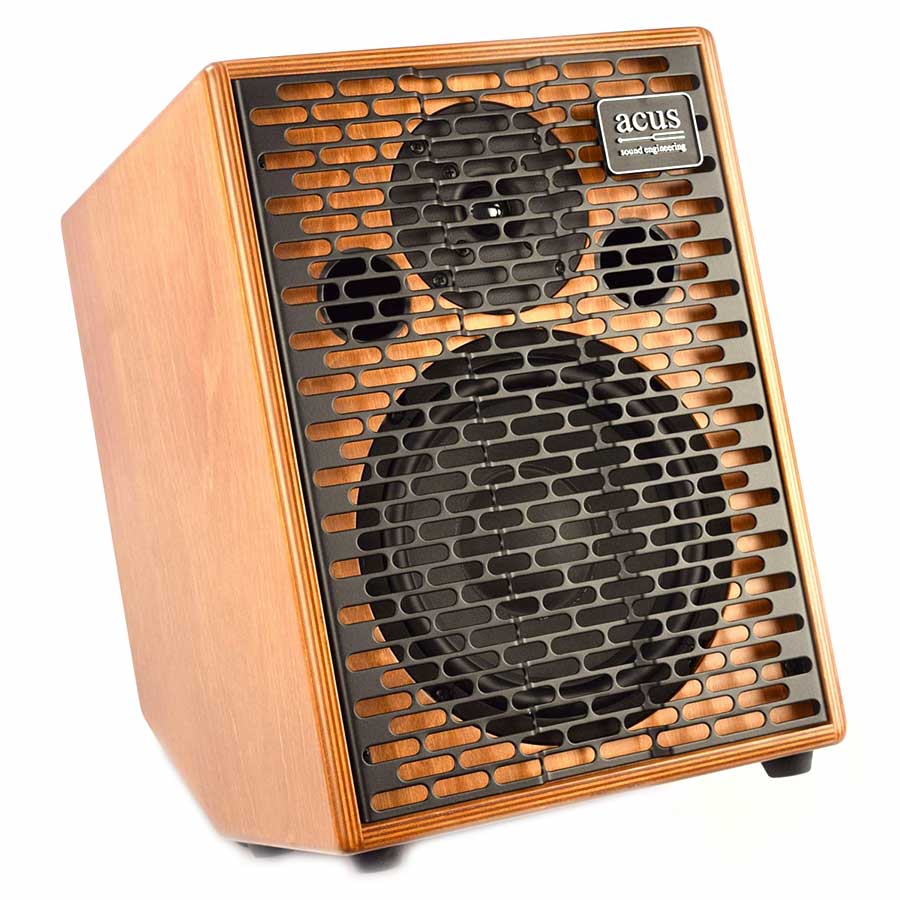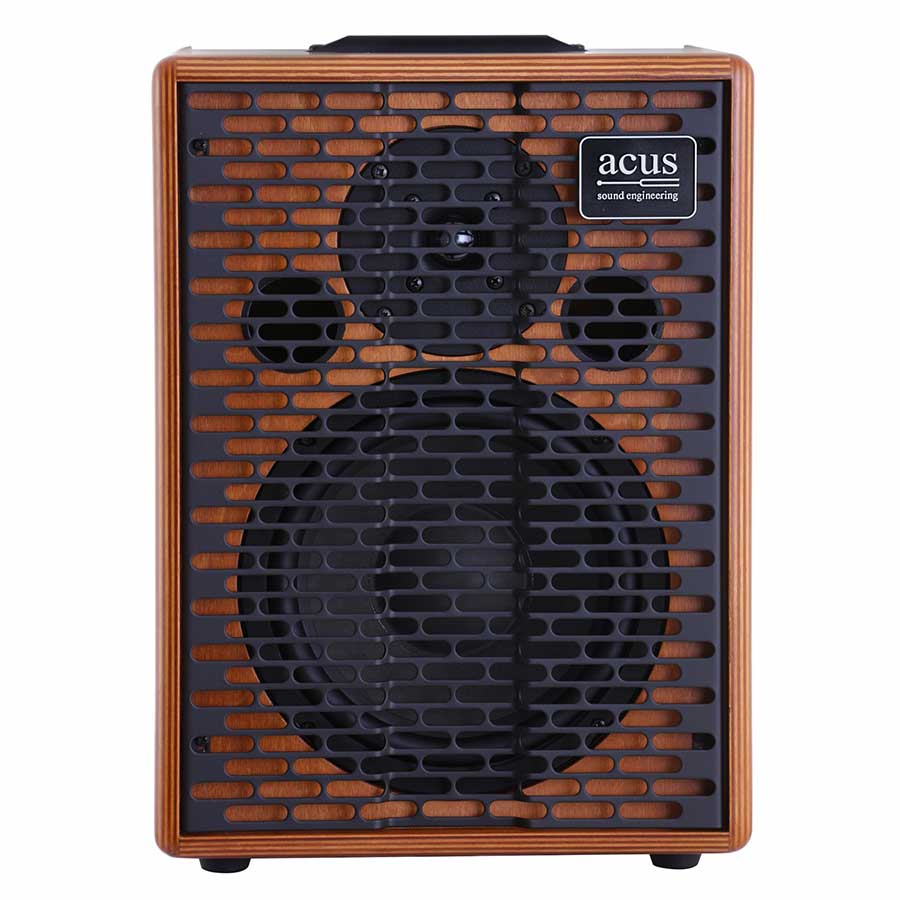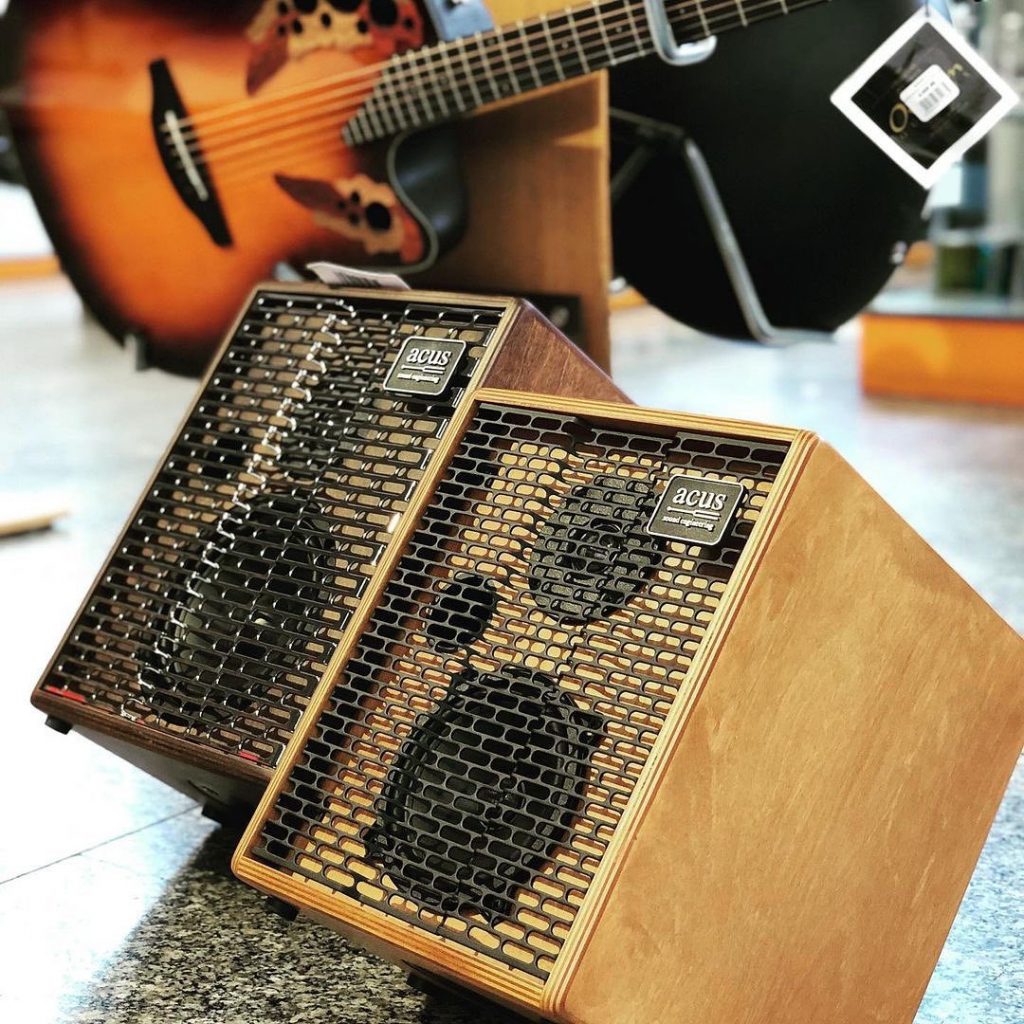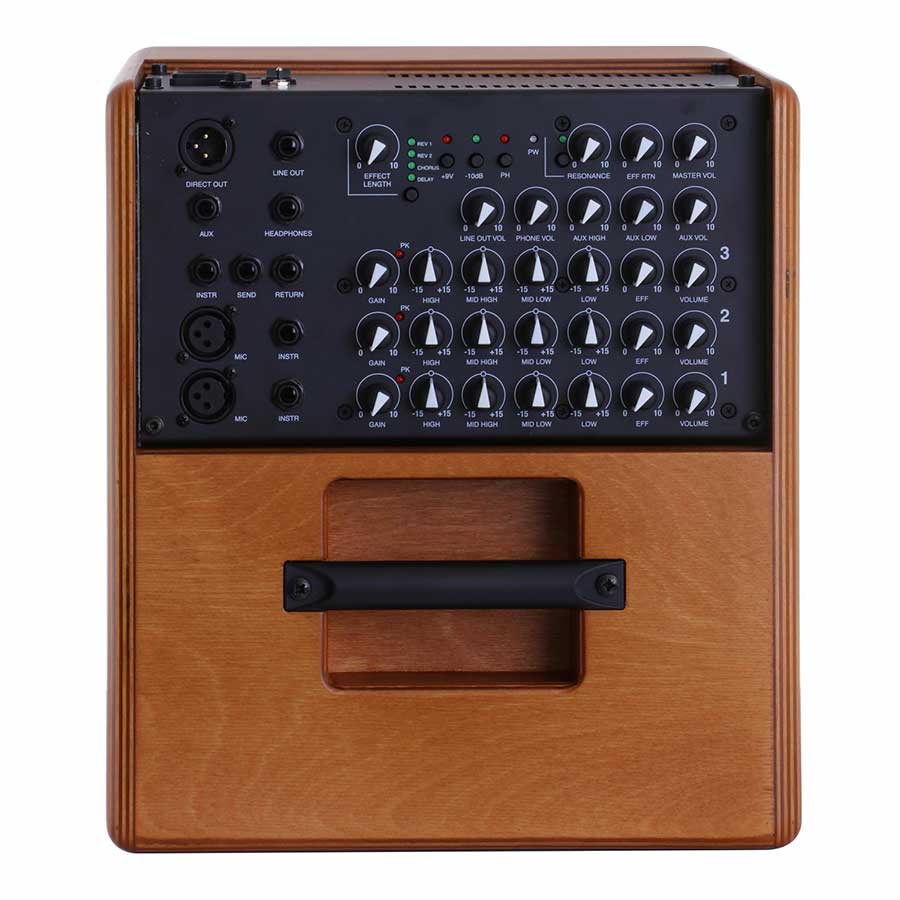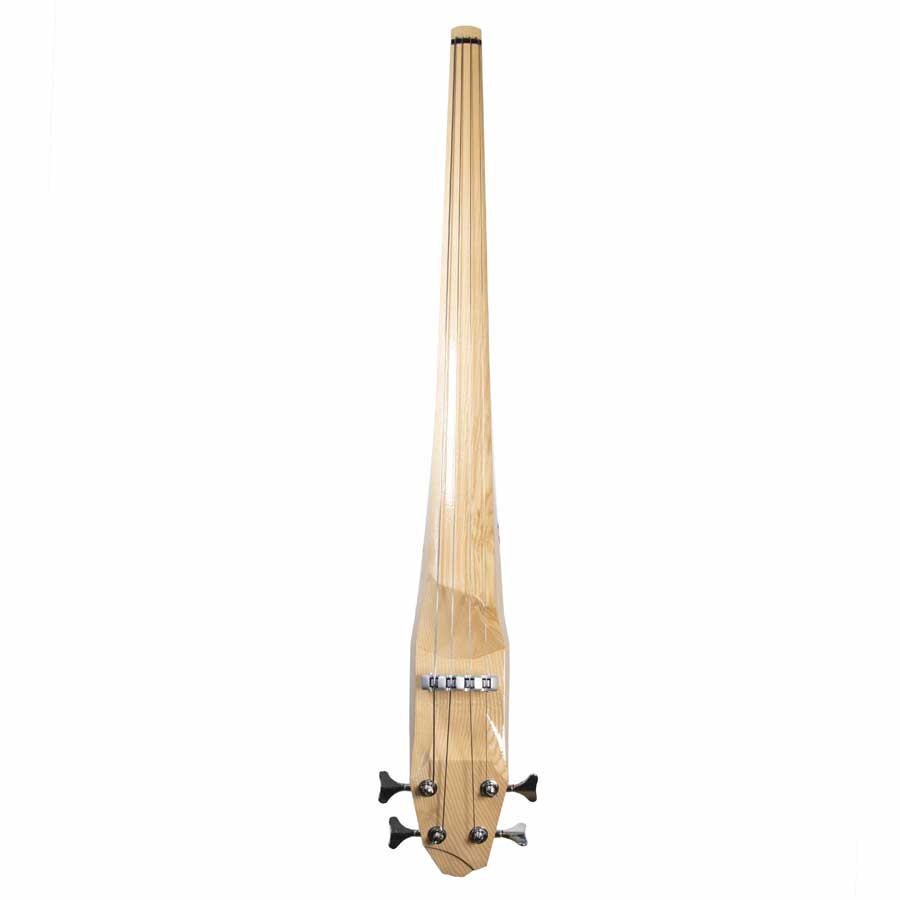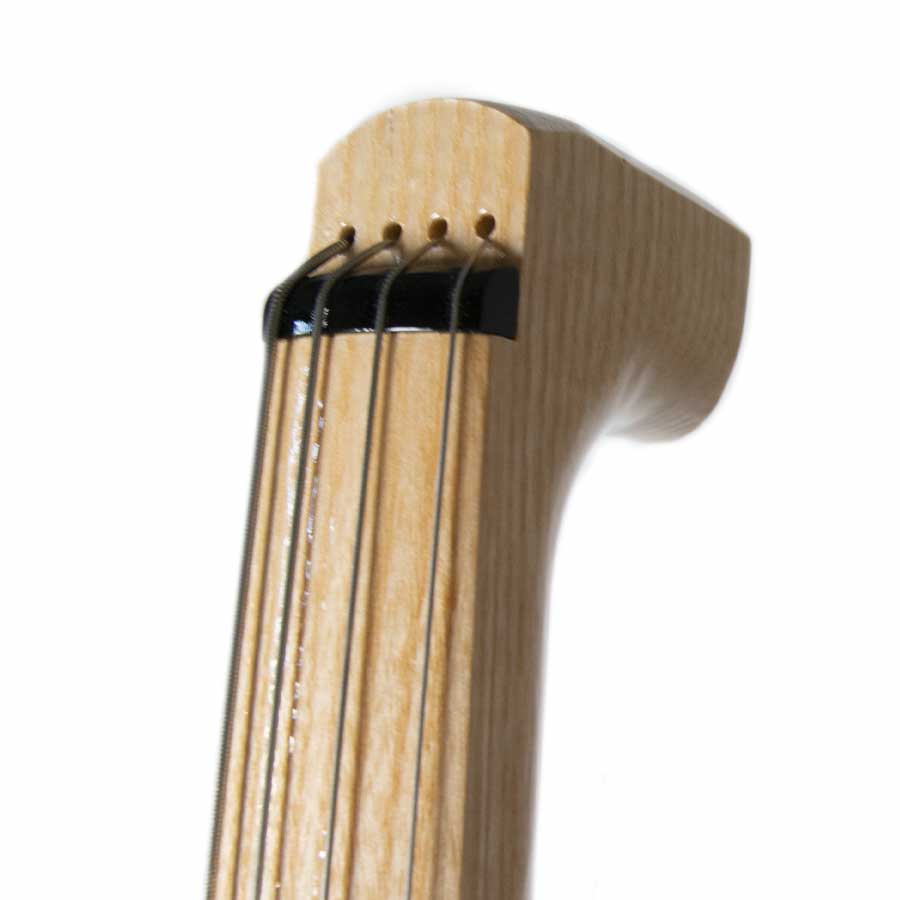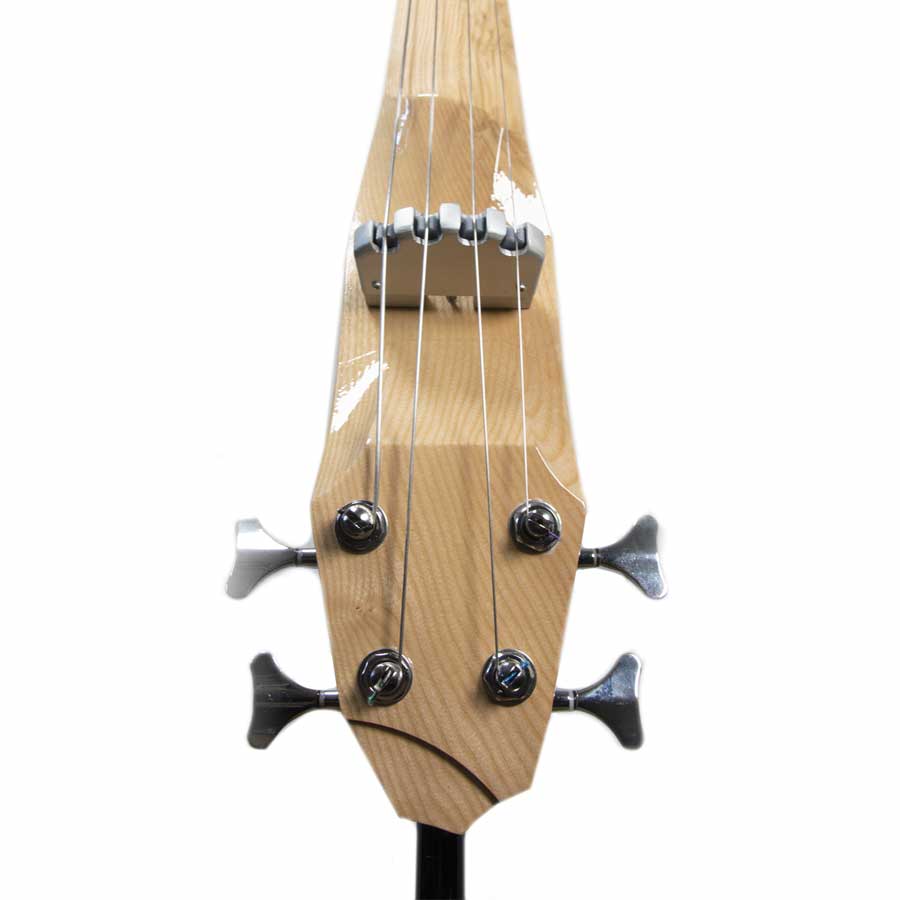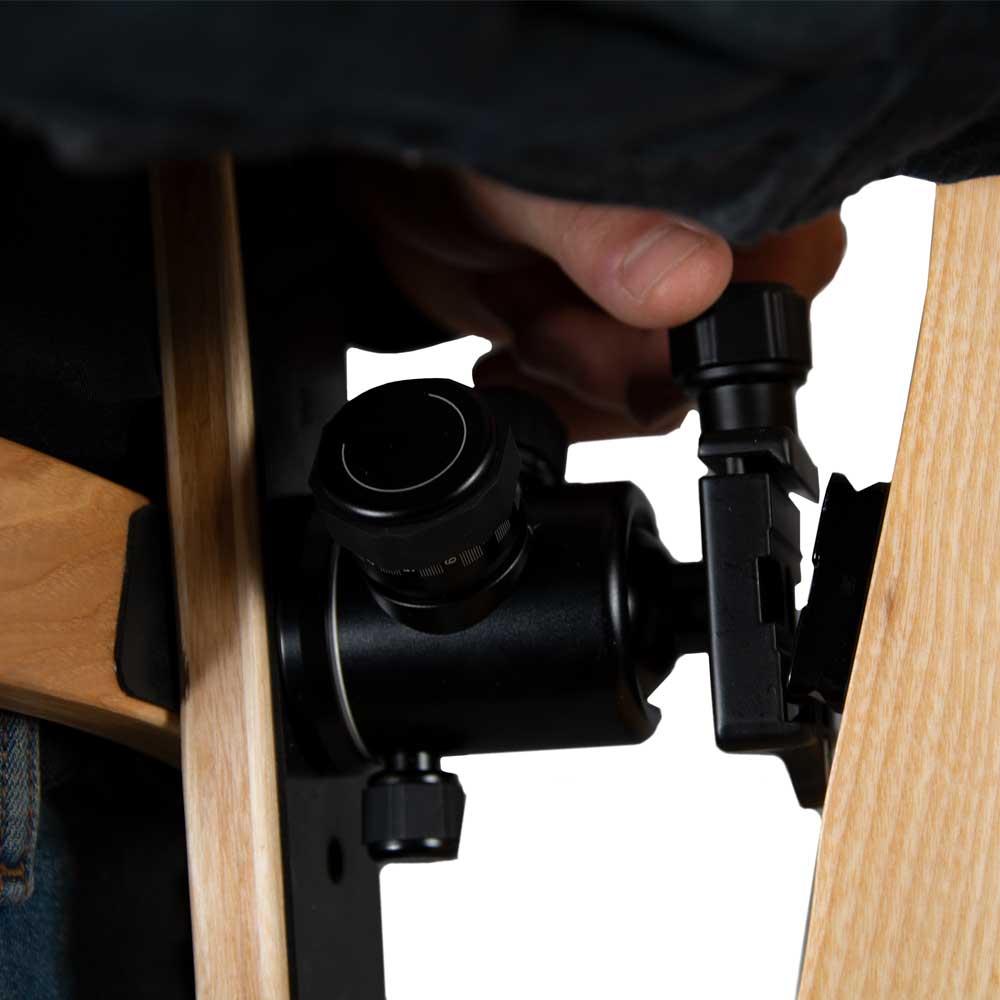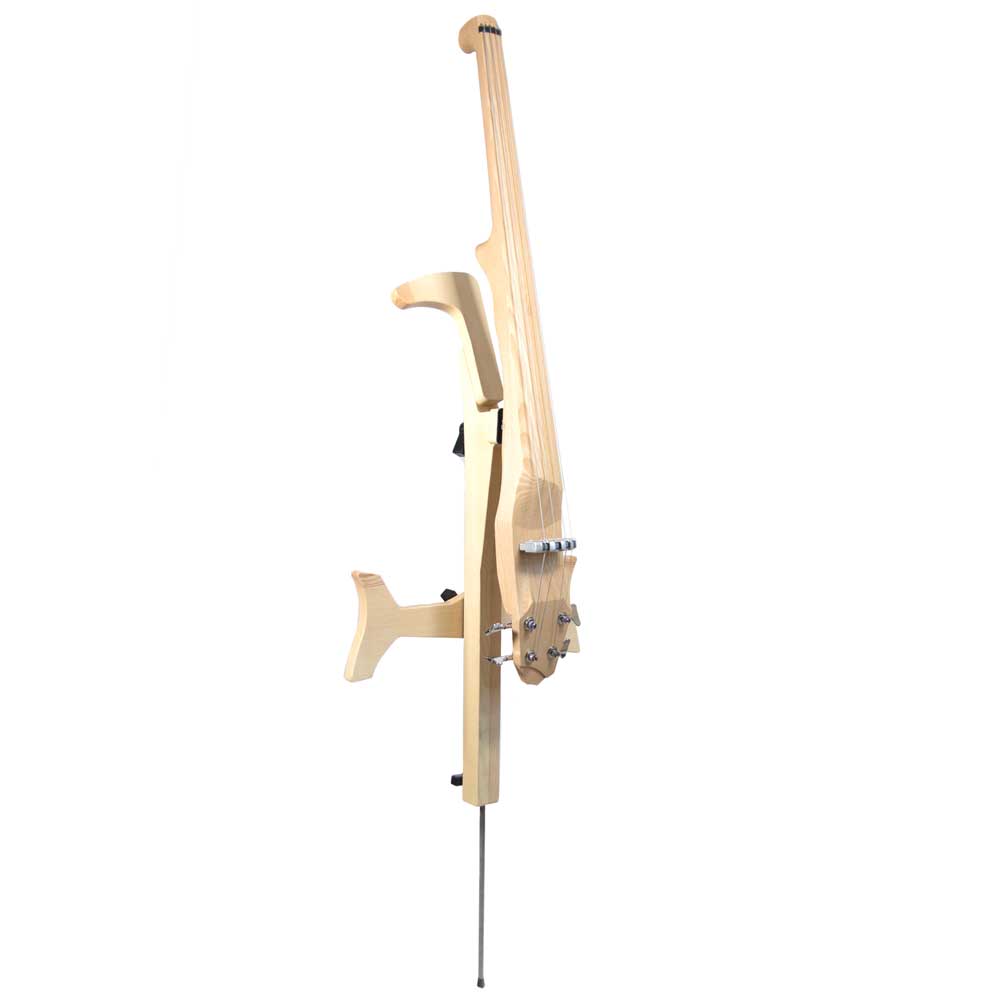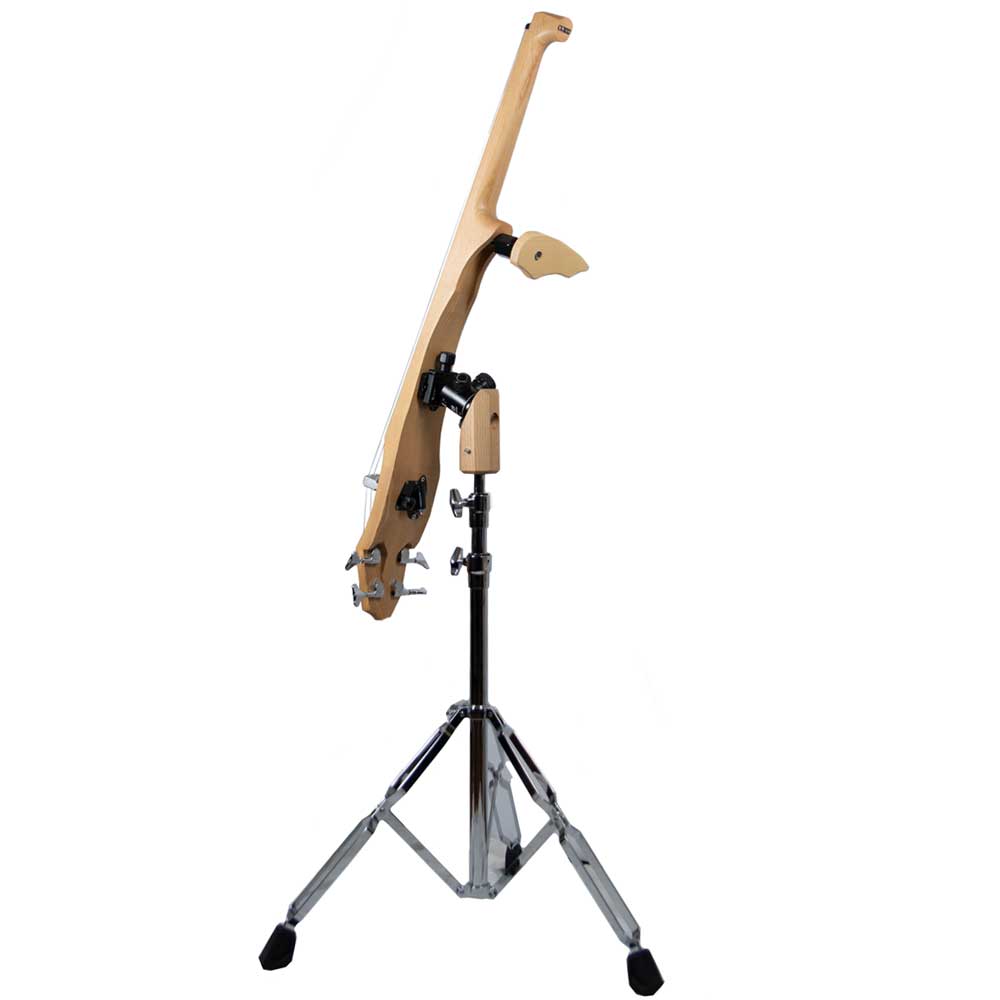When playing, every musician should take care of his hearing and protect it so that he will not be completely deaf in a few years.
Protecting yourself from noise should be a natural reflex for any instrumentalist! It is such a natural gesture to move away from an overly loud audio source that explodes the eardrums and creates tinnitus… One of the most damaging things for a musician is losing part of his hearing!
Bad habits die hard, poor knowledge on the subject and the available solutions continue to make the fortune of hearing aids manufacturers!!
A lot of musicians have stopped at the classic earplugs that completely isolate sound and alter it enormously. An alteration that makes the musician’s performance more complicated. However, there are hearing protectors adapted to music making.
Who are hearing protectors for?
The answer is simple: for everyone, musicians and audiences alike. Everyone is subject to exposure to excessive volume.
The sound power is calculated in decibels. We consider that:
- 60dB corresponds to the level of an oral conversation
- 75dB to the sound level found in a busy street
- 85db is the threshold not to be exceeded over a too long period
- 90dB to an acoustic musical instrument being played
- 100dB to a drum kit
- 105dB to an ambulance, fire or police siren. It is also the maximum level allowed in festivals and concerts in France.
- 120dB represents the pain threshold that forces the person to move away from the sound source.
When you are a musician or a live music fan, you will soon find yourself facing a high decibel level. In addition to hearing loss, prolonged exposure to a sound source that is too high can have negative effects on your health, such as tinnitus or sleep loss. It is not common to leave a concert with tinnitus, it is a sign that does not deceive! Your hearing suffered during this exposure to a powerful sound source. It is better to protect yourself with hearing protection because hearing loss is irreversible!
Hearing protection available on the market
There are several types of hearing protectors, we will mention all of them even if some are not really aimed at musicians.
The most common hearing protections
Foam earplugs and earmuffs
Foam earplugs and earmuffs are clearly not suitable for musicians because they isolate the user from outside noise. They do not filter certain frequencies and will mute all surrounding sounds. The sound will be muted and very attenuated. They are intended for practices not involved with music but are suitable for concert audiences.
Pre-shaped silicone earplugs without linear filter
These earplugs help reducing sounds that are dangerous for the hearing. The sound will be less muffled than with foam earplugs. However, it is impossible to change the type of attenuation desired. Without a linear filter, these are “standard” hearing protectors that do not preserve sound quality. These earplugs are really not suitable for musicians.
Watch out, even if these hearing protectors are not ideally suited for musical performances, it is better to use them if you have nothing else on hand. Hearing protection, even if it is not suitable for musicians, will protect your hearing!
Hearing protection for music professionals
Hearing protectors intended for musical practice must have two characteristics: to attenuate the music while allowing some of the sound passing through in order to be able to play and to propose a linear attenuation in order to preserve the sound quality. This is called the FLAT filter, which consists in transcribing the music as accurately as possible.
Pre-shaped silicone earplugs with a linear filter or interchangeable linear filters
These earplugs are equipped with a filter that helps preserving the sound quality. They are either equipped with a linear filter or several interchangeable linear filters. The interchangeable filters allow you to select the sound attenuation that best suits your musical performance. We usually find filters ranging from -14dB to -18db. These linear filters are suitable for music making. These hearing protectors cost between 15 and 30 €.
These earplugs can become uncomfortable when used over a long period of time. You will need to try several models before you find the one that is right for you. Some manufacturers offer different sizes in the same box which may allow you to find the most comfortable for your ear canal.
Custom molded earplugs (custom-made)
Molded earplugs are excellent hearing protectors for musicians. Their price remains very high, count in between $120 to $200. These hearing protectors use interchangeable linear filters and are custom-made. An imprint of your ear canal is made, then the earplugs are molded onto this imprint. As a result, the plugs fit perfectly in your ears: the comfort is therefore unbeatable!
Another advantage of these earplugs, depending on the brand, is that it is possible to turn them into ear-monitoring.
Discover the benefits of in-ear monitors.
Electronic earplugs
Equipped with a battery, these hearing protectors will more or less attenuate the ambient noise by analyzing it. As soon as a certain sound level is reached, a filter is activated to protect your hearing. These earplugs allow, with their evolutive filters, a permanent adaptation to the sound environment and prevent the musician from being isolated. They remain very expensive (about $300 the pair).
Images: Unsplash @henmankk, RICARDO MENDONCA and hearing protections makers

